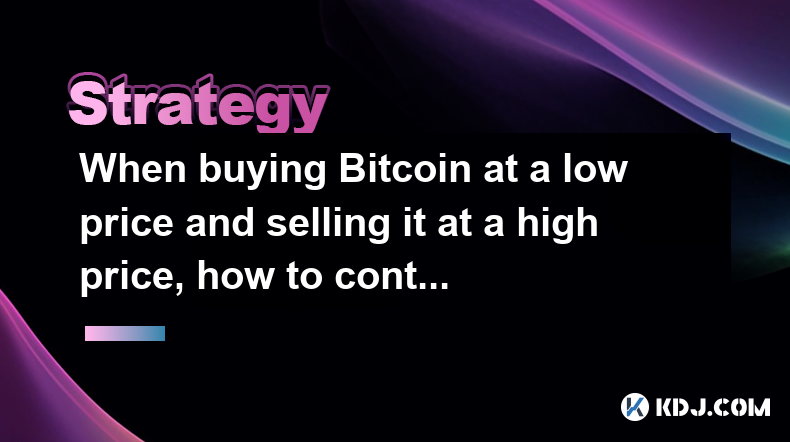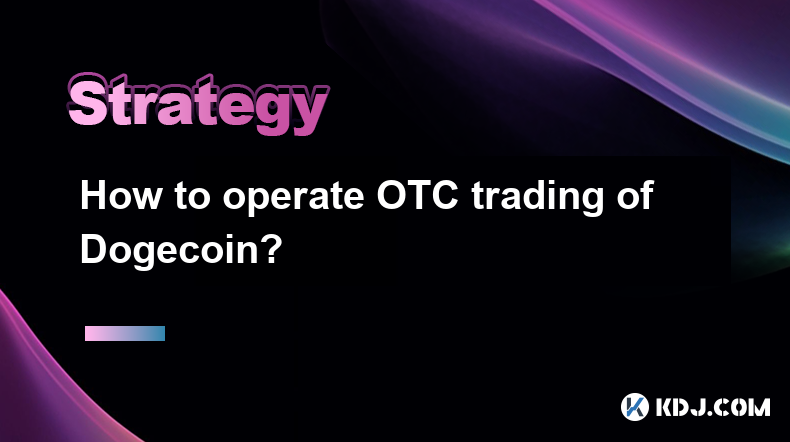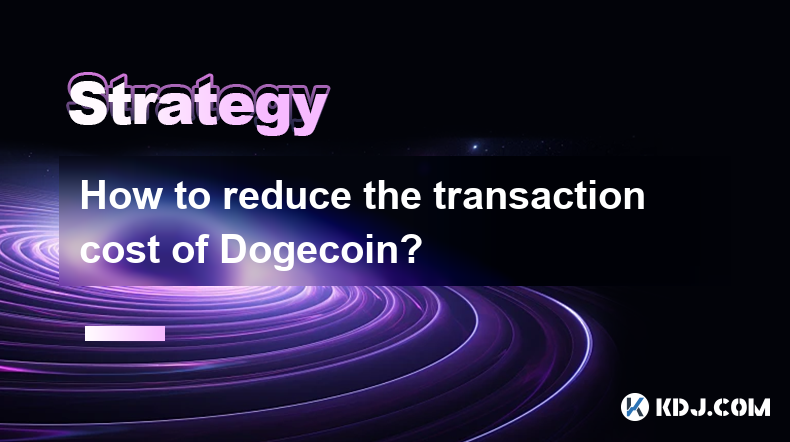-
 Bitcoin
Bitcoin $84,670.2229
-0.03% -
 Ethereum
Ethereum $1,590.1766
-0.37% -
 Tether USDt
Tether USDt $0.9999
0.00% -
 XRP
XRP $2.0803
-1.21% -
 BNB
BNB $591.4388
0.85% -
 Solana
Solana $134.3324
0.82% -
 USDC
USDC $1.0000
0.02% -
 TRON
TRON $0.2448
-1.33% -
 Dogecoin
Dogecoin $0.1555
-0.77% -
 Cardano
Cardano $0.6160
-0.55% -
 UNUS SED LEO
UNUS SED LEO $9.1458
-3.34% -
 Chainlink
Chainlink $12.6313
1.28% -
 Avalanche
Avalanche $19.1061
-0.86% -
 Stellar
Stellar $0.2442
2.76% -
 Toncoin
Toncoin $2.9962
1.36% -
 Shiba Inu
Shiba Inu $0.0...01202
1.15% -
 Hedera
Hedera $0.1658
3.79% -
 Sui
Sui $2.1296
1.05% -
 Bitcoin Cash
Bitcoin Cash $332.8741
-0.22% -
 Polkadot
Polkadot $3.7215
2.17% -
 Litecoin
Litecoin $75.7495
0.64% -
 Hyperliquid
Hyperliquid $16.6482
-0.02% -
 Dai
Dai $1.0000
0.01% -
 Bitget Token
Bitget Token $4.3709
-0.17% -
 Ethena USDe
Ethena USDe $0.9991
0.01% -
 Pi
Pi $0.6208
2.80% -
 Monero
Monero $219.0868
0.91% -
 Uniswap
Uniswap $5.2043
-0.30% -
 Pepe
Pepe $0.0...07151
-1.97% -
 OKB
OKB $50.1430
-2.43%
When buying Bitcoin at a low price and selling it at a high price, how to control the position to reduce risks?
Manage Bitcoin risk by understanding market cycles, diversifying assets, using stop-loss orders, and employing dollar-cost averaging. Strategic position sizing and technical/fundamental analysis further mitigate potential losses.
Mar 23, 2025 at 04:35 am

Key Points:
- Understanding market cycles is crucial for successful Bitcoin trading.
- Position sizing is paramount; never invest more than you can afford to lose.
- Diversification across other assets can mitigate risk.
- Utilizing stop-loss orders and taking profits strategically are essential risk management tools.
- Dollar-cost averaging (DCA) reduces the impact of market volatility.
- Technical and fundamental analysis can help identify potential entry and exit points.
When Buying Bitcoin at a Low Price and Selling it at a High Price, How to Control the Position to Reduce Risks?
The allure of buying low and selling high in the volatile Bitcoin market is tempting, but requires careful position management to minimize risk. This involves a multi-faceted approach encompassing understanding market cycles, strategic position sizing, and employing effective risk management tools.
Understanding Bitcoin's cyclical nature is the first step. Bitcoin's price history shows recurring patterns of bull and bear markets. Recognizing these cycles can inform your entry and exit strategies, but predicting their exact timing remains challenging. Focusing on long-term trends rather than short-term fluctuations can help navigate these cycles more effectively.
Position sizing is critical. Never invest more than you can afford to lose. A common strategy is to allocate only a small percentage of your overall portfolio to Bitcoin, limiting potential losses even if the market crashes. This percentage depends on your individual risk tolerance; some might choose 5%, while others may opt for a smaller percentage.
Diversification plays a crucial role in risk reduction. Don't put all your eggs in one basket. Spreading your investments across various assets, including other cryptocurrencies or traditional investments, can cushion the impact of a Bitcoin price downturn. This reduces the overall risk associated with a single asset's volatility.
Stop-loss orders are invaluable tools. These automatically sell your Bitcoin if the price falls to a predetermined level, limiting potential losses. Setting appropriate stop-loss levels requires careful consideration of market volatility and your risk tolerance. Experimenting with different levels during paper trading can help refine your strategy.
Taking profits strategically is as important as setting stop-losses. Instead of waiting for the absolute peak, consider selling a portion of your Bitcoin at predefined profit targets. This allows you to secure profits while leaving some exposure for further gains. This approach reduces the risk of losing potential profits during a market correction.
Dollar-cost averaging (DCA) can significantly reduce risk. Instead of investing a lump sum at once, DCA involves investing smaller amounts at regular intervals. This strategy mitigates the risk of buying at a market top and averages your purchase price over time. It's a particularly effective strategy for long-term investors.
Technical and fundamental analysis can provide valuable insights. Technical analysis uses price charts and indicators to identify potential buying and selling opportunities. Fundamental analysis focuses on factors affecting Bitcoin's value, such as adoption rates, regulatory changes, and technological advancements. Combining both approaches can improve your decision-making.
Utilizing leverage, while potentially magnifying profits, drastically increases risk. It's crucial to understand the mechanics of leverage and only employ it if you have a thorough understanding of its implications and are prepared for substantial losses. Avoid leverage unless you are a sophisticated trader.
Considering the emotional aspect is often overlooked. Fear and greed can cloud judgment. Developing a disciplined trading plan and sticking to it, regardless of market sentiment, is essential for long-term success. Emotional decision-making often leads to poor outcomes.
Staying informed about market news and events is crucial. Bitcoin's price can be affected by various factors, including regulatory changes, technological developments, and market sentiment. Staying updated through reputable sources can help you make informed decisions.
Regularly reviewing your portfolio and adjusting your strategy based on market conditions is crucial for long-term success. Adaptability is key to navigating the ever-changing cryptocurrency market. Continuous learning and refinement are essential.
Frequently Asked Questions:
Q: What is the best strategy for buying low and selling high?
A: There's no single "best" strategy. Success depends on a combination of market understanding, risk management, and disciplined execution. A blend of DCA, technical analysis, and strategic position sizing often proves effective.
Q: How much Bitcoin should I buy at once?
A: This depends entirely on your risk tolerance and investment goals. Start small and gradually increase your holdings as you gain experience and confidence. Never invest more than you can afford to lose.
Q: How can I identify a "low" price?
A: Identifying a true "low" is difficult. Technical and fundamental analysis can help, but there's always uncertainty. Focus on long-term trends and avoid trying to time the market perfectly.
Q: What are the risks involved in trading Bitcoin?
A: Risks include price volatility, regulatory uncertainty, security breaches, and the potential for complete loss of investment. Thorough research and careful risk management are essential.
Q: How can I protect myself from scams?
A: Only use reputable exchanges and wallets. Be wary of unsolicited investment offers, and verify the legitimacy of any platform or individual before entrusting them with your funds.
Disclaimer:info@kdj.com
The information provided is not trading advice. kdj.com does not assume any responsibility for any investments made based on the information provided in this article. Cryptocurrencies are highly volatile and it is highly recommended that you invest with caution after thorough research!
If you believe that the content used on this website infringes your copyright, please contact us immediately (info@kdj.com) and we will delete it promptly.
- By [Author’s Name] | April 18, 2025 | Market & Crypto Insights
- 2025-04-18 20:10:14
- Andreessen Horowitz Invests $55M in LayerZero to Back Cross-Chain Future
- 2025-04-18 20:10:14
- Is ADA at $2 a Dream Cardano Can Achieve?
- 2025-04-18 20:05:14
- Base (L2) Network Faces Backlash After Promoting a Rug-Pull Memecoin That Crashed 90%
- 2025-04-18 20:05:14
- Altcoins may see a resurgence in the second quarter of 2025 as regulations for digital assets continue to improve
- 2025-04-18 20:00:13
- Solana (SOL) rides the green wave, topples Bitcoin in returns
- 2025-04-18 20:00:13
Related knowledge

How to set a stop loss order for TRX?
Apr 18,2025 at 05:22pm
Setting a stop loss order for TRX (Tron) is a crucial strategy for managing risk and protecting your investment in the volatile cryptocurrency market. A stop loss order automatically sells your TRX when the price reaches a certain level, helping you limit potential losses. This article will guide you through the process of setting a stop loss order for ...

How to determine the right time to buy AVAX?
Apr 18,2025 at 07:14pm
Determining the right time to buy AVAX, the native cryptocurrency of the Avalanche blockchain, involves a combination of technical analysis, market sentiment analysis, and understanding the broader economic environment. Here’s a detailed guide to help you make an informed decision. Understanding AVAX and Its EcosystemAVAX is the primary token used withi...

How to operate OTC trading of Dogecoin?
Apr 17,2025 at 03:08am
How to operate OTC trading of Dogecoin? Over-the-counter (OTC) trading of cryptocurrencies like Dogecoin offers an alternative to traditional exchange-based trading. OTC trading can be particularly advantageous for large volume trades, providing more privacy and flexibility. This guide will walk you through the steps and considerations for conducting OT...

How to avoid slippage in Dogecoin transactions?
Apr 17,2025 at 11:07am
Slippage in cryptocurrency transactions, including those involving Dogecoin, refers to the difference between the expected price of a trade and the price at which the trade is actually executed. Slippage can occur due to market volatility, low liquidity, or delays in transaction processing. For Dogecoin traders, understanding and minimizing slippage is ...

How to reduce the transaction cost of Dogecoin?
Apr 17,2025 at 10:35pm
Understanding Dogecoin Transaction CostsDogecoin, like many cryptocurrencies, involves transaction costs that users must pay to process their transactions on the blockchain. These costs, known as transaction fees, are essential for incentivizing miners to validate and include transactions in the blockchain. Reducing these costs can significantly enhance...

How to analyze the candlestick chart of Dogecoin?
Apr 18,2025 at 11:28am
Analyzing the candlestick chart of Dogecoin is an essential skill for any cryptocurrency trader or investor looking to make informed decisions based on market trends and price movements. Candlestick charts provide a visual representation of price action over a specific time period, offering insights into the market sentiment and potential future price m...

How to set a stop loss order for TRX?
Apr 18,2025 at 05:22pm
Setting a stop loss order for TRX (Tron) is a crucial strategy for managing risk and protecting your investment in the volatile cryptocurrency market. A stop loss order automatically sells your TRX when the price reaches a certain level, helping you limit potential losses. This article will guide you through the process of setting a stop loss order for ...

How to determine the right time to buy AVAX?
Apr 18,2025 at 07:14pm
Determining the right time to buy AVAX, the native cryptocurrency of the Avalanche blockchain, involves a combination of technical analysis, market sentiment analysis, and understanding the broader economic environment. Here’s a detailed guide to help you make an informed decision. Understanding AVAX and Its EcosystemAVAX is the primary token used withi...

How to operate OTC trading of Dogecoin?
Apr 17,2025 at 03:08am
How to operate OTC trading of Dogecoin? Over-the-counter (OTC) trading of cryptocurrencies like Dogecoin offers an alternative to traditional exchange-based trading. OTC trading can be particularly advantageous for large volume trades, providing more privacy and flexibility. This guide will walk you through the steps and considerations for conducting OT...

How to avoid slippage in Dogecoin transactions?
Apr 17,2025 at 11:07am
Slippage in cryptocurrency transactions, including those involving Dogecoin, refers to the difference between the expected price of a trade and the price at which the trade is actually executed. Slippage can occur due to market volatility, low liquidity, or delays in transaction processing. For Dogecoin traders, understanding and minimizing slippage is ...

How to reduce the transaction cost of Dogecoin?
Apr 17,2025 at 10:35pm
Understanding Dogecoin Transaction CostsDogecoin, like many cryptocurrencies, involves transaction costs that users must pay to process their transactions on the blockchain. These costs, known as transaction fees, are essential for incentivizing miners to validate and include transactions in the blockchain. Reducing these costs can significantly enhance...

How to analyze the candlestick chart of Dogecoin?
Apr 18,2025 at 11:28am
Analyzing the candlestick chart of Dogecoin is an essential skill for any cryptocurrency trader or investor looking to make informed decisions based on market trends and price movements. Candlestick charts provide a visual representation of price action over a specific time period, offering insights into the market sentiment and potential future price m...
See all articles
























































































